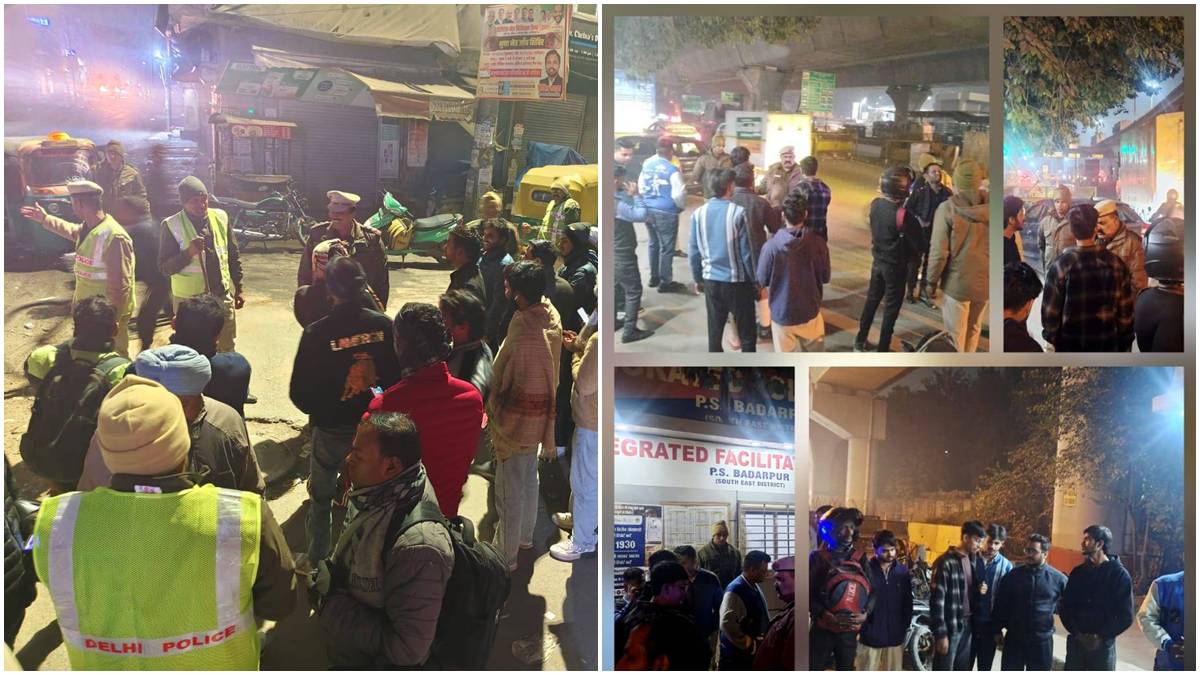-
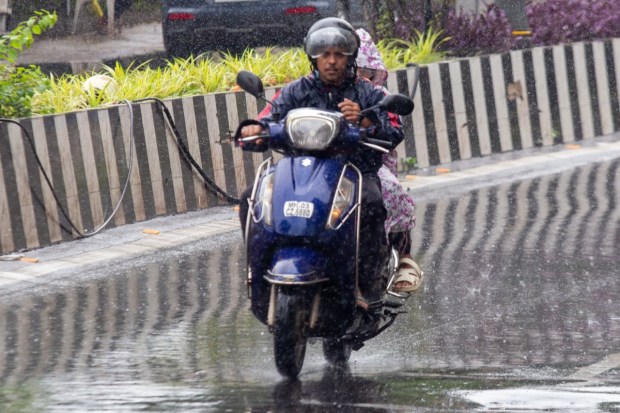
The rains bring much-needed relief from the summer heat, but they also mark the arrival of several seasonal diseases. High humidity, water stagnation and fluctuating temperatures create ideal conditions for infections to spread. From mosquito-borne illnesses to fungal infections, here are the most common monsoon ailments and how you can protect yourself this season.
-
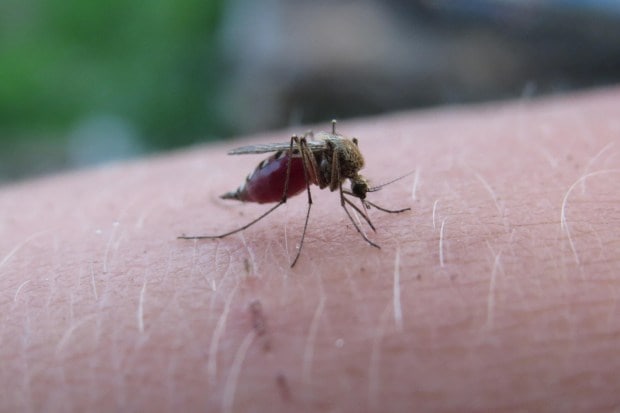
Malaria
Unlike dengue, malaria is spread by the Anopheles mosquito, which breeds in dirty or stagnant rainwater. Malaria symptoms include recurrent bouts of high fever, chills, headache, and sweating. Left untreated, it can cause severe complications like organ failure. (Image: Pixaby) -

Ensure there is no water stagnation around your home. Use bed nets while sleeping, especially if you live in an area prone to mosquito breeding, and consider using indoor insecticide sprays if needed. (Image: Pixaby)
-
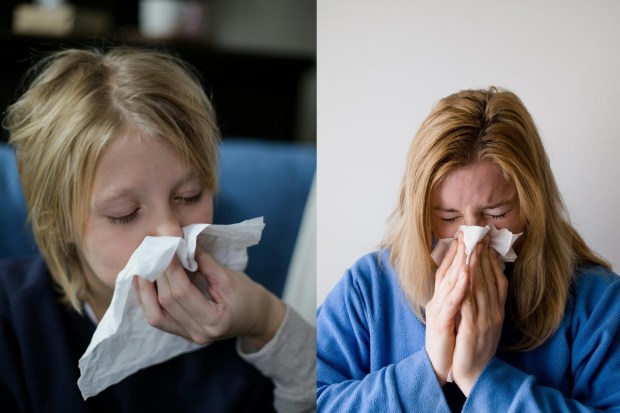
Common Cold and Flu
Monsoon weather tends to weaken the immune system, making people more susceptible to viral infections like the common cold, flu, and other respiratory ailments. Keep your surroundings dry and well-ventilated, dress appropriately, and consume a diet rich in vitamin C, ginger, turmeric, and other immunity-boosting foods. (Image: Pexels) -

Constant dampness, exposure to cold rain, and frequent temperature shifts from air-conditioned rooms to humid outdoors can trigger sore throats, nasal congestion, cough, and even bronchitis in vulnerable individuals. (Image: Pexels/Pixaby)
-

Leptospirosis
This bacterial infection is contracted through contact with water contaminated by the urine of infected animals, particularly rodents. People walking through flooded streets barefoot or with open wounds are highly vulnerable. Leptospirosis can cause high fever, chills, severe muscle aches, vomiting, and redness in the eyes. If untreated, it may lead to liver or kidney damage. (Image: Pexels) -

Avoid wading through floodwater whenever possible. Always wear covered footwear, especially in waterlogged areas, and seek medical attention promptly if you develop symptoms after such exposure.
-
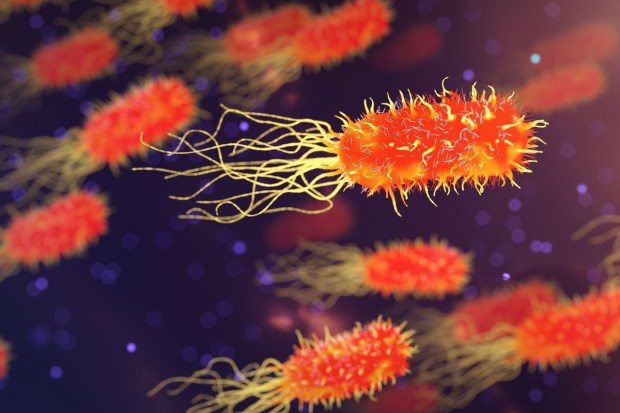
Fungal Infections
The persistent dampness in the air during monsoon creates a perfect environment for fungal infections to flourish-especially in areas of the body like feet, underarms, groin, and between fingers. These infections may manifest as itchy red rashes, scaling skin, or even cracked heels and toenail issues due to constantly wet footwear. (Image: Pixaby) -

Always keep your skin dry, change out of wet clothes promptly, use antifungal powders if prone to sweating, and avoid wearing damp shoes or socks for long hours. (Image: Pixaby)
-
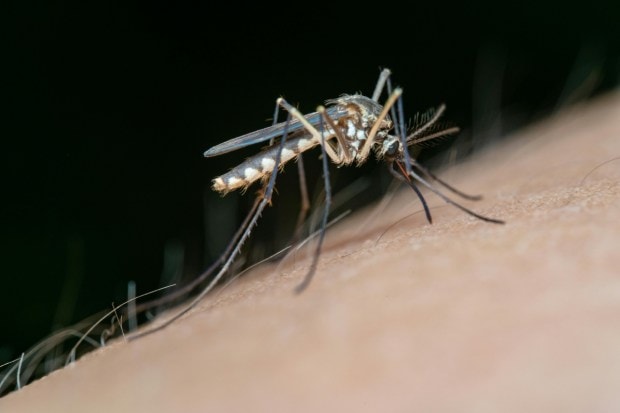
Dengue and Chikungunya
Both dengue and chikungunya are viral infections spread by the Aedes aegypti mosquito, which breeds in stagnant clean water. These illnesses typically surge during the monsoon months when water collects in containers, plant pots, and roadside puddles. (Image: Pexels) -
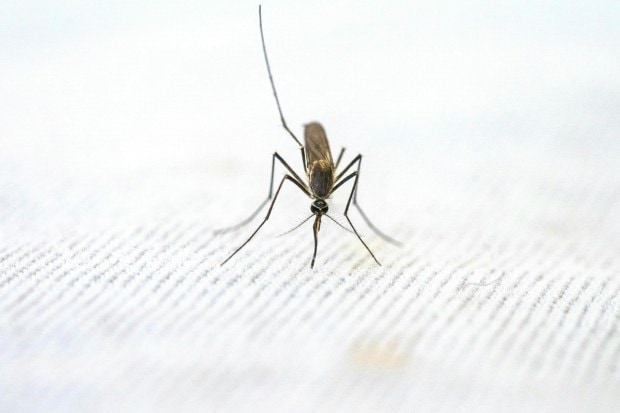
Symptoms include sudden high fever, intense joint pain, rashes and severe fatigue. In extreme cases, dengue can lead to internal bleeding or a drop in platelet count. Use mosquito repellents, keep windows and doors screened, empty out containers that hold water, and wear long-sleeved clothing. (Image: Pexels)
-
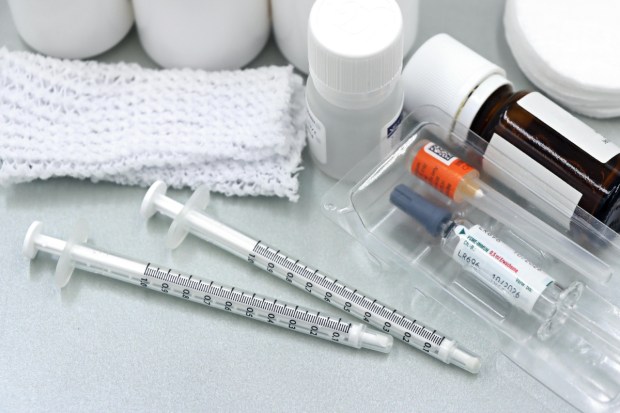
Typhoid
Heavy rains often disrupt sanitation systems, leading to the mixing of sewage with drinking water. This is a major reason for the seasonal spike in waterborne diseases like typhoid and hepatitis A. These infections are caused by ingesting food or water contaminated with bacteria or viruses. Typhoid presents as prolonged fever, weakness, and stomach pain, while hepatitis A causes jaundice, nausea, and fatigue. (Image: Pexels) -
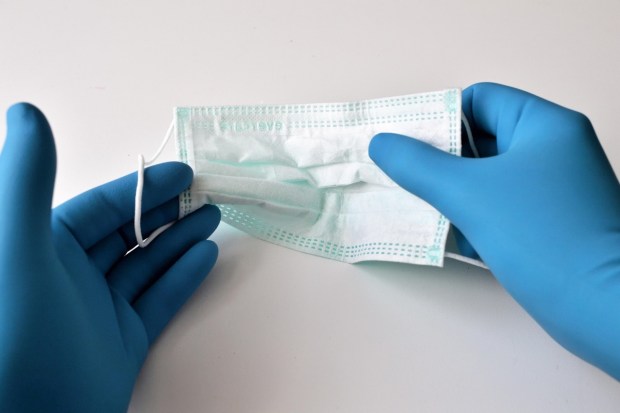
The monsoon season demands extra vigilance when it comes to health. Remember, early diagnosis and prompt medical care go a long way in reducing complications from monsoon-related illnesses. Stay safe, stay dry, and don’t let the season dampen your spirits! (Image: Pexels)

Green Card travel rules change from December 26: New visa travel restrictions take effect




